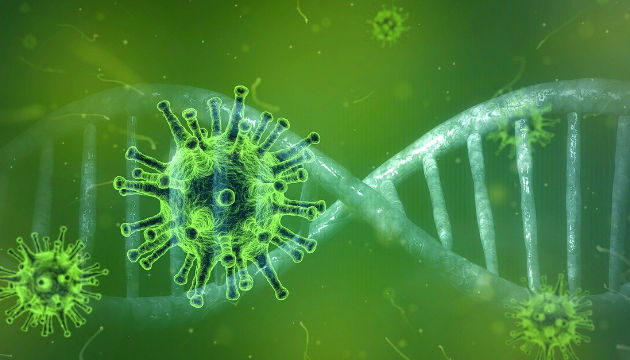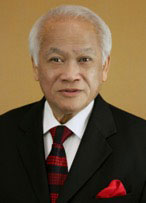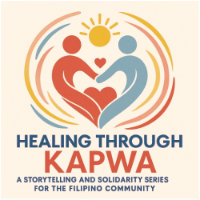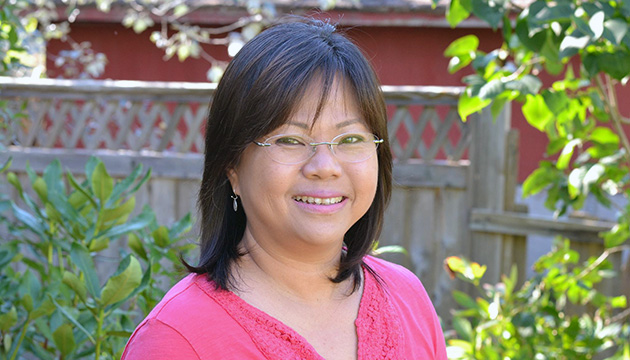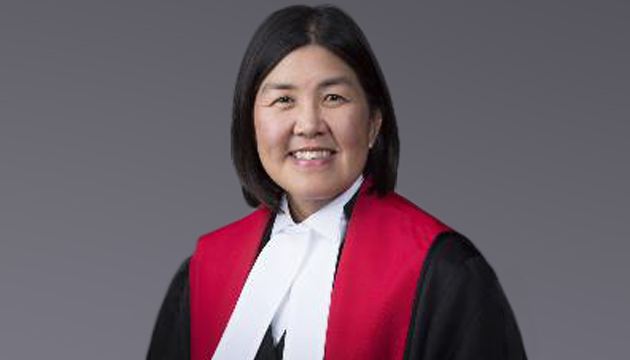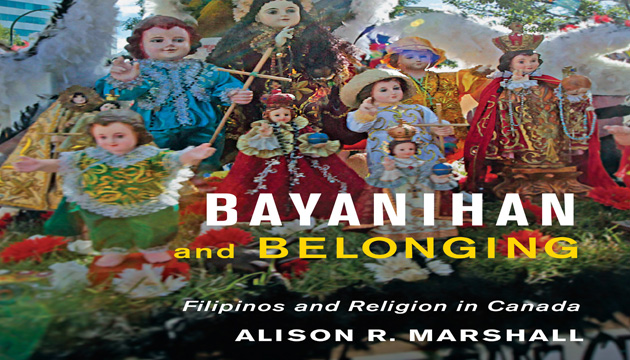This is Part 43 of Dr. Pagtakhan’s column Medisina at Politika in Pilipino Express.
[Editor’s Note: In February 2020, CFNet started publishing Dr. Rey Pagtakhan’s Commentary on COVID-19. Now on Part 43 of his running commentary, Dr. Pagtakhan – a retired lung specialist and former Member of Parliament – has kept the Filipino community and other CFNet readers continually informed about 1) the pandemic and its impact, 2) the scientific advances on drugs and vaccines, 3) the effectiveness of public health measures, including mass vaccination, 4) the danger of misinformation and disinformation, and 5) sound public health policy.]
The COVID-19 virus – originally referred to simply as ‘2019-nCoV’(short for novel CoronaVirus identified in 2019) and now officially referred to as SARSCoV2 (short for Severe Acute Respiratory Syndrome CoronaVirus 2)– has been making its global journey for over two years since its start, and it isn’t over yet. What lessons have since been learned, what insights have since been gained, and what should now be our attainable goal?
Beginnings
The initial 11 unexplained cases of pneumonia with a common history of exposure to live animals in the Huanan South China Seafood Market seen in Wuhan, China on December 8, 2019 were clinically suspected to be caused by an unknown virus. When the number of cases increased to 59, they were gathered and admitted into one hospital where a multidisciplinary team, including public health experts, did a full investigation and reported their findings to the U.N. World Health Organization (WHO) on December 31. The offending virus was identified on January 1, 2020 and its genome characterization achieved a few days later and shared instantaneously with the global scientific community.
Spread beyond national borders
Soon after China ordered a lockdown of the whole province of Hubei and quarantined its 60 million population, the first case was diagnosed in Thailand on January 13, followed promptly by reports of similar cases from eight more countries. In response to the increasing spread, the Johns Hopkins University’s Center for Systems Science and Engineering launched on January 22nd its online global coronavirus dashboard to track in real-time the reported cases coming from all countries on the daily timescale. It has since continued to provide this valuable service. By January 30, WHO declared a ‘health emergency of international concern to help “fight further spread in China and globally (and) to protect nation-states with weaker health systems.”
[It was on this same day, I might insert, that I e-mailed my commentary, New Coronavirus Infection: Information and Guidance, to CFNet, which heard about the WHO announcemen tand made the edit. I have since decided to dedicate my column, Medisina at Politika, to the COVID-19 pandemic to keep our Canadian Filipino community and other readers continually informed and engaged (a list of all the articles may be accessed for the full text by visiting the CFNet website).]
Before February ended, Canada and the US had already seen their first cases and the likelihood of a full-blown pandemic was becoming more evident.
“COVID-19 is a PANDEMIC”– March 2020 to April 2022
On 12 March 2020, the U.N health agency announced the somber global moment: “COVID-19 is a PANDEMIC”– a global public health and a socio-economic crisis which had afflicted over 100-thousand patients, had claimed the lives of over 4-thousand citizens, and had reached114 countries, six continents and all regions of WHO – all in less than 100 days from its beginning!
The new viral disease received its designation “COVID-19” (short for COronaVIrus Disease first described in 2019) and the offending virus received its official name SARSCoV2, short for “Severe Acute Respiratory Syndrome Coronavirus 2 (the number “2” differentiates it from the first coronavirus that caused SARS in 2002-2003).
In the beginning of the pandemic, we were filled with fear and apprehension as the viral disease rapidly caused the illness of thousands and the deaths of hundreds, with the elderly and those with underlying medical conditions most at risk. Hospitals and providers of care were overwhelmed. We seemed helpless; there was no specific drug to effect a cure and there was no vaccine to prevent the disease. We could only rely on non-pharmacologic public health measures. They have helped mitigate the situation until vaccines were developed and approved in December 2020. Mass vaccination started to make the difference and new drugs were developed, too. The situation has appeared brighter so much so that many felt the end was on sight. In fact, most public health restrictions and mandates had been lifted now. But lately resurgence has been seen.
When will the pandemic really end?That was the question I asked in my last Commentary in February.
What’s Attainable?
In March, I spied with my eyes this article, The Concept of Classical Herd Immunity May Not Apply to COVID-19, in the21 March 2022 issue of The Journal of Infectious Diseases by Drs. David Morens, Gregory Folkers and Anthony Fauci of the US National Institute of Health. Dr. Fauci is also Adviser on COVID-19 Pandemic to US President Joe Biden. Allow me to share their expert viewpoints. They provide answers to the questions I raised at the onset of the Commentary.
To refresh our understanding, a classical herd immunity threshold for COVID-19 is the proportion of the population with immunity against the COVID virus above which transmission of the virus is largely prevented. That is, if someone gets infected by the COVID virus, he/she “is surrounded by enough people who are shielded against infection so that the virus has nowhere to go; it fails to spread.”
Below are the lessons that have emerged, the insights that have been gained, and their anticipation of the future (A, B, and C). I have summarized the minitemized format for greater clarity and have, in fact, quoted abundantly from their journal article.
- Five Lesson Learned:
- The COVID-19 virus mutates continually into variants that can escape from infection-induced and vaccine-induced immunity.
- The COVID-19 virus can be transmitted from asymptomatic carriers and, thereby, hinder public health control.
- The COVID-19 does not substantially engage the systemic immune system.
- Infection or vaccination does not induce prolonged protection against the virus in most people.
- Public health officials have met strong opposition to vaccination, mask-wearing, and other interventions.
- Insights Gained
1. Obstacles to achieving complete herd immunity with COVID-19 are significant
2. Eradication or elimination almost certainly is an unattainable goal.
3. Controlling the virus and its cycles of new variants is a formidable challenge.
4. Any level of herd protection against the virus can be overcome by:
- ever-changing levels of immunity among numerous sub-populations;
- crowding, changes in social or prevention behaviors;
- demographics;
- vaccination levels,
- variations in the durability of infection- or vaccine-induced immunity, and
- evolution of viral variants.
5. COVID-19 is likely to be with us for the foreseeable future.
6. There is now a high degree of background population immunity to the virus. - What's Next?
- Having more broadly protective vaccines.
- Developing “universal” coronavirus vaccines (or at least universal SARS-CoV-2 vaccines that elicit durable and broadly protective immunity against multiple SARS-CoV-2 variants) is an important goal for the immediate future.
- Optimal COVID-19 control will require both 1) classic, nonpharmacologic public health approaches and 2) vaccination of many more people globally with the virus-specific vaccines, with booster shots.
- Living with COVID is best considered not as reaching a numerical threshold of immunity, but as optimizing population protection without prohibitive restrictions on our daily lives.
- Effective tools for the prevention and control of COVID-19 (vaccines, prevention measures) are available.
- Countermeasures such as antiviral drugs and monoclonal antibodies to prevent the progression of the disease, and widely available diagnostic tests.
Indeed, COVID-19control, not classical herd immunity, should be our aspirational goal – and that is attainable.


